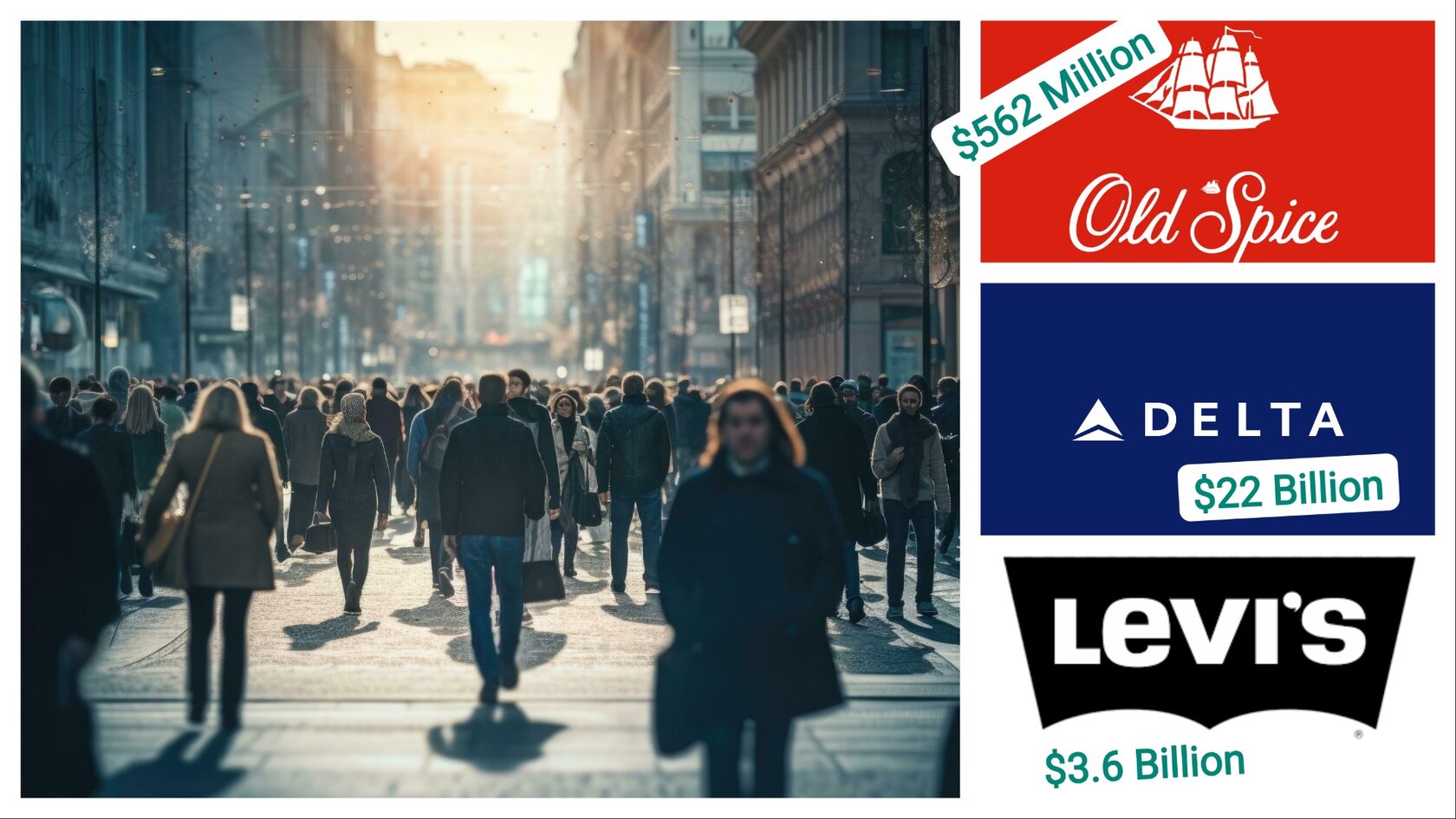
In the ever-evolving world of business, even the most iconic brands aren't immune to the pressures of changing consumer tastes, market disruptions, or plain bad luck. Names like Converse, Polaroid, The Gap, Levi’s, Delta, General Motors, and Old Spice all flirted with failure at some point—but each one managed a remarkable comeback. Here's how these brands went from fading relics to reinvented powerhouses.
Converse: From Punk Rock to Mainstream Cool
Once the sneaker of choice for basketball players and counterculture icons, Converse found itself slipping into irrelevance in the late 1990s and early 2000s, unable to compete with Nike and Adidas in performance sportswear. Bankruptcy came in 2001.
The Comeback: Nike acquired Converse in 2003 for $305 million. Instead of forcing it into the performance mold, Nike let Converse lean into its retro roots and cultural cool factor. Through clever marketing, nostalgic collaborations, and keeping the iconic Chuck Taylor design, Converse became a must-have for fashion-conscious youth and celebrities alike. In 2024, Converse pulled in Converse pulled in $2.4 billion in revenue. According to the BrandValuer app, Converse’s brand is worth an estimated $1.3 billion.
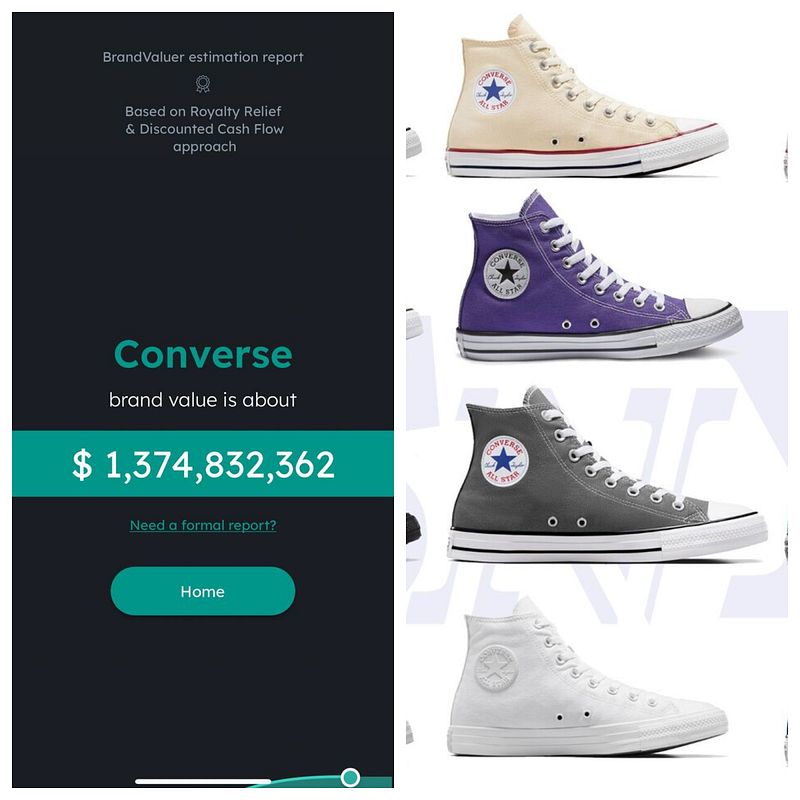
Polaroid: Rewinding to Move Forward
Digital photography nearly killed Polaroid. The company filed for bankruptcy in 2001 and again in 2008. The once-revolutionary instant photo brand seemed destined for the history books.
The Comeback: Enter the Impossible Project—a group of analog photography enthusiasts who bought what was left of Polaroid’s film business. By 2017, they acquired the brand itself, relaunching it as Polaroid Originals. Today, thanks to Gen Z’s thirst for analog authenticity, Polaroid cameras are cool again, proving that nostalgia can be a powerful business strategy. In 2024, Polaroid brought in $750 million in revenue. According to the BrandValuer app, Polaroid’s brand is worth an estimated $722 million.
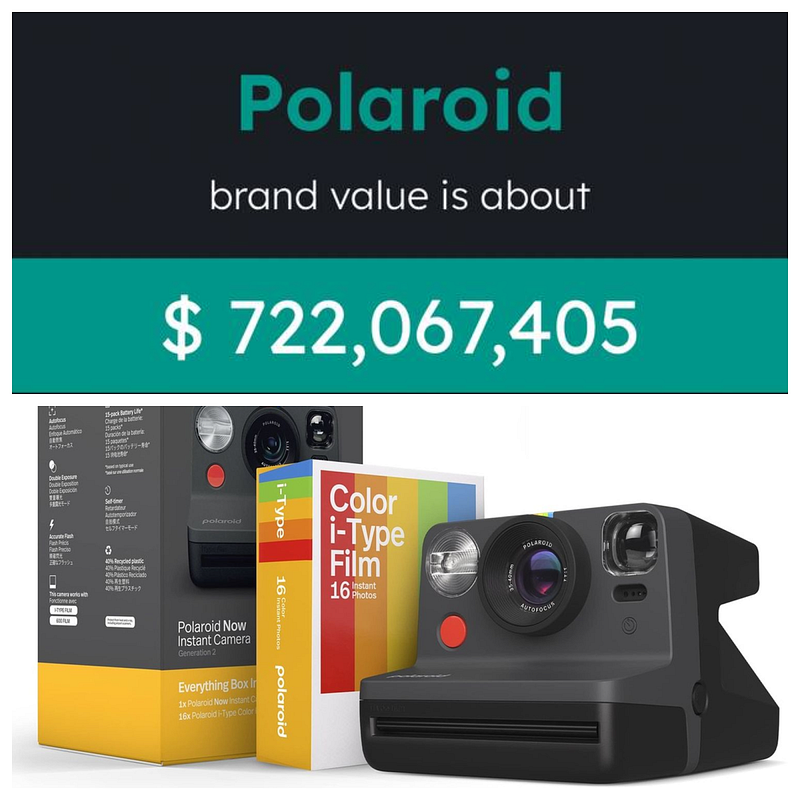
The Gap: Classic American Comeback
In the early 2010s, Gap was a retail casualty in the making—its identity muddled, its stores uninspiring, and its clothes not resonating with younger shoppers.
The Comeback: The brand leaned into its 1990s heritage with savvy marketing campaigns and high-profile collaborations (like the Yeezy Gap line with Kanye West, despite a bumpy end). By focusing on core strengths—clean designs, denim, and basics—the Gap started to win back customers looking for dependable, stylish wardrobe staples. In 2024, Gap pulled in $14.9 billion in revenue, and according to the BrandValuer app, Gap’s brand is worth an estimated $8.4 billion
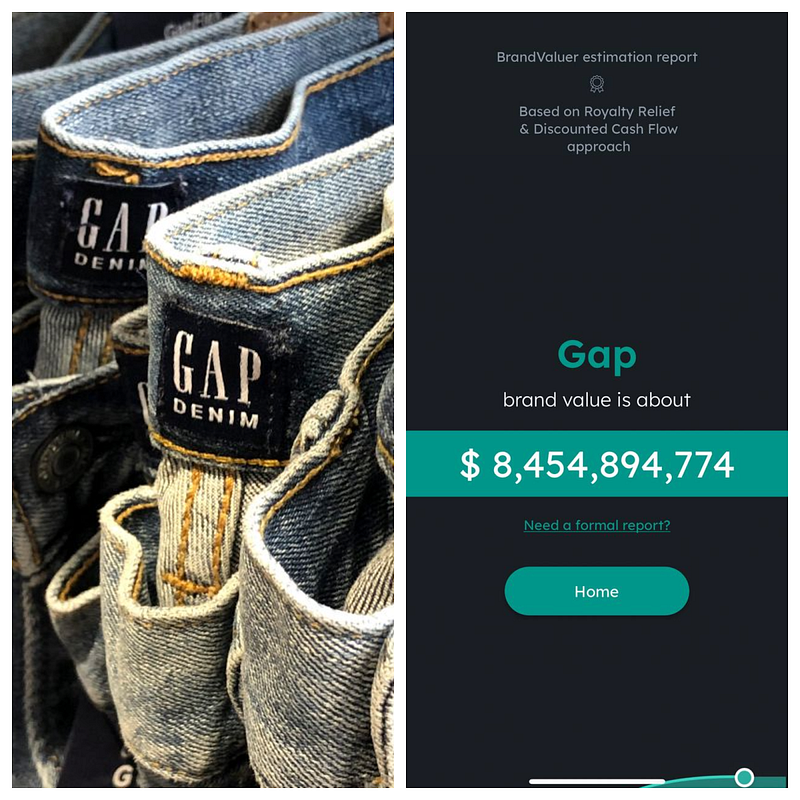
Levi’s: Denim Never Dies
Levi Strauss & Co. was practically synonymous with jeans, but by the early 2000s, it had lost its edge. Discount retailers and designer denim brands squeezed Levi’s from both ends.
The Comeback: Levi’s returned to its roots while modernizing its appeal. It focused on sustainability, introduced slimmer fits, and ramped up its direct-to-consumer efforts. Smart partnerships (like with Google for the Jacquard smart jacket) and an increased digital presence helped the brand reconnect with a younger, style-savvy audience. In 2019, Levi’s went public again, a testament to its successful reinvention. In 2024, Levi’s brought in $6.3 billion in revenue. According to the BrandValuer app, Levi’s brand is worth an estimated $3.6 billion.
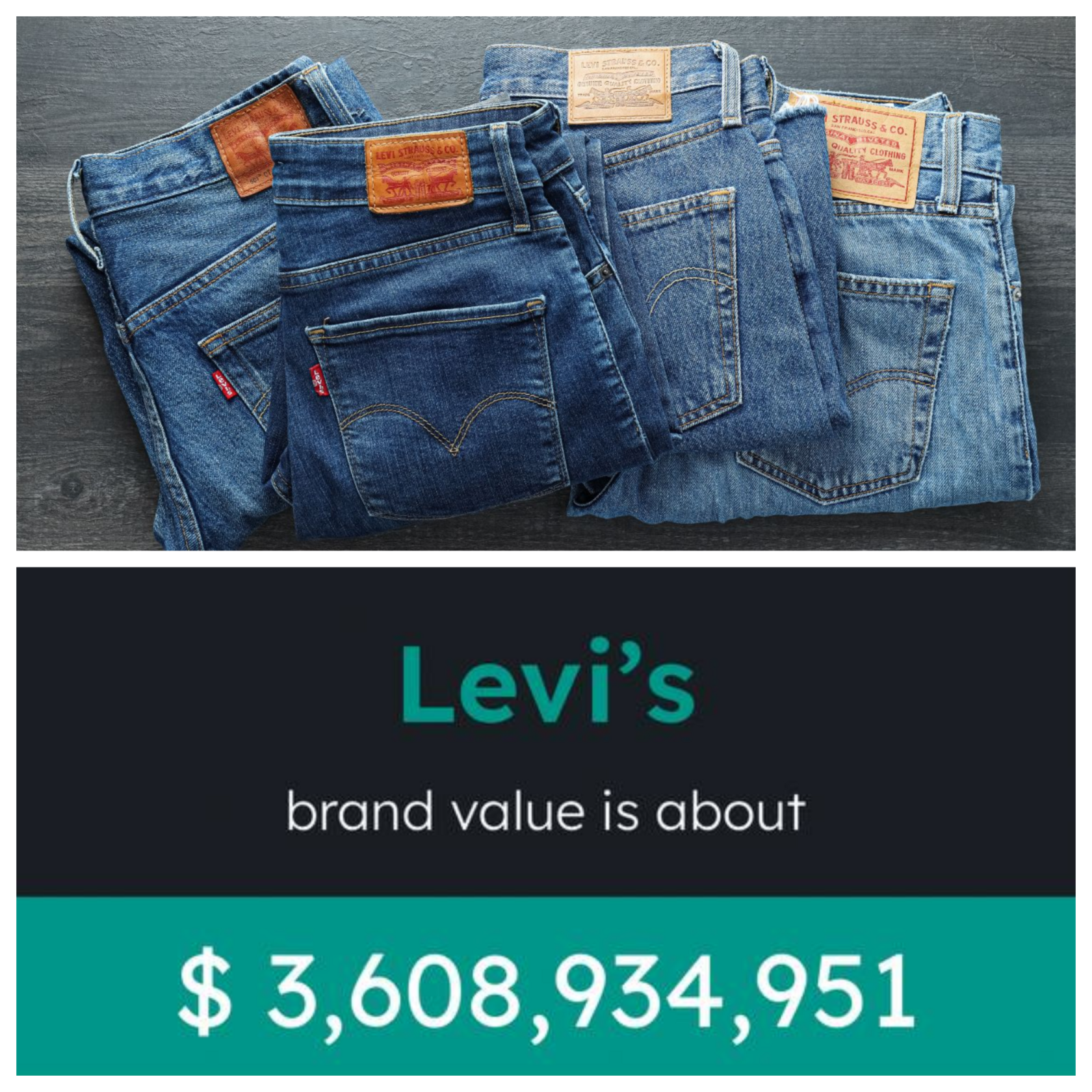
Delta Air Lines: From Bankruptcy to Industry Leader
Delta filed for bankruptcy in 2005 amid soaring fuel costs and a post-9/11 downturn in travel. For a while, it seemed like the airline wouldn't make it.
The Comeback: After emerging from bankruptcy in 2007 and merging with Northwest Airlines in 2008, Delta began investing heavily in customer experience and technology. It upgraded planes, streamlined operations, and launched aggressive employee profit-sharing programs. Now, it's frequently ranked as one of the best U.S. airlines in terms of reliability and customer service. Last year, Delta brought in $61 billion in revenue. According to the BrandValuer app, Delta’s brand is worth an estimated $22 billion.
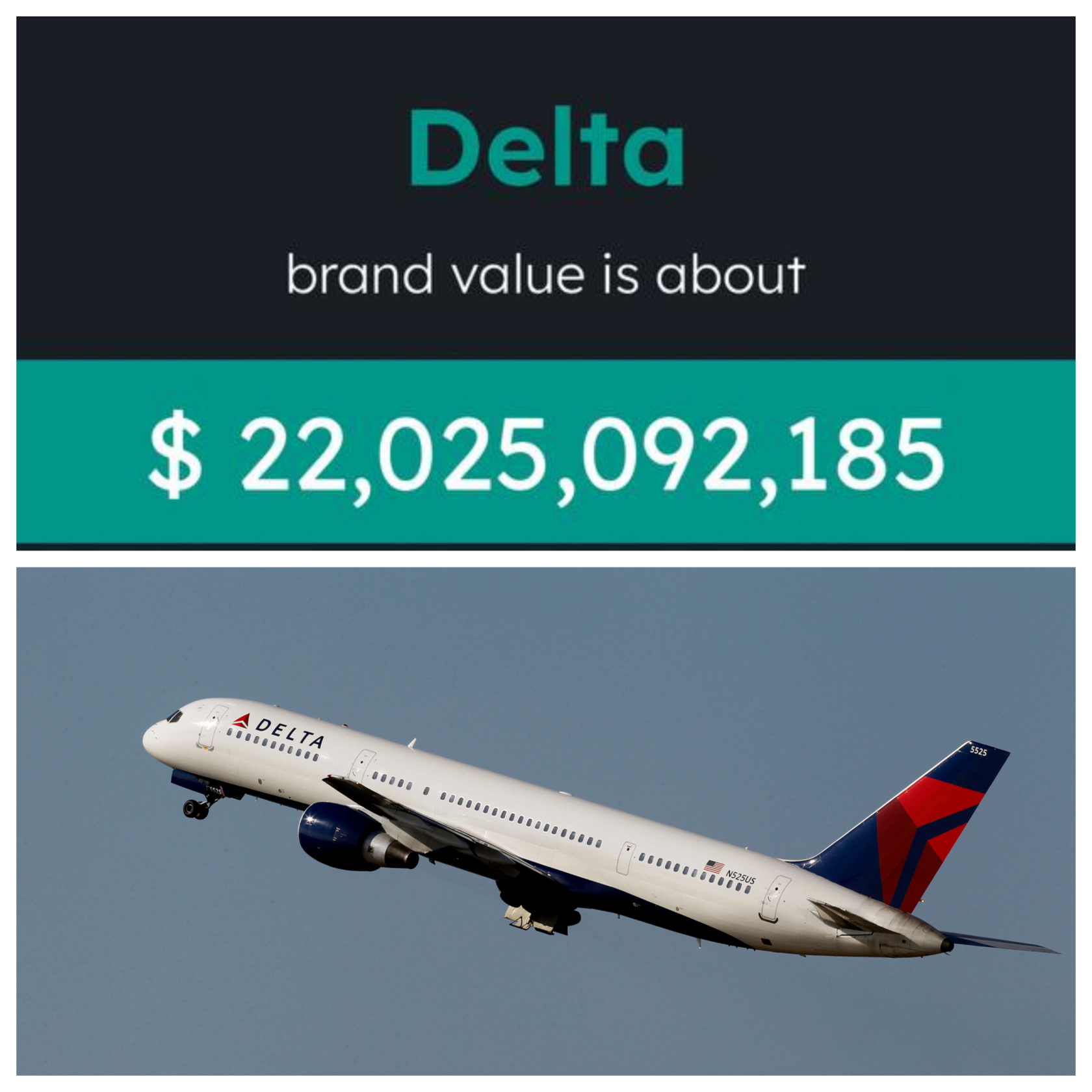
General Motors: Resurrecting an American Giant
In 2009, GM filed one of the largest industrial bankruptcies in U.S. history. Years of mismanagement, bloated operations, and the financial crisis brought the automaker to its knees.
The Comeback: With a government bailout and a painful restructuring, GM shed unprofitable brands and reinvented its portfolio. It leaned into innovation, putting real muscle behind electric vehicles and autonomous driving. Today, GM is a key player in the EV race and back in the black, proving that old dogs can learn new tricks. In 2024, GM filed a $171.8 billion in revenue and according to the BrandValuer app, the car brand’s worth is estimated to be $60.7 billion
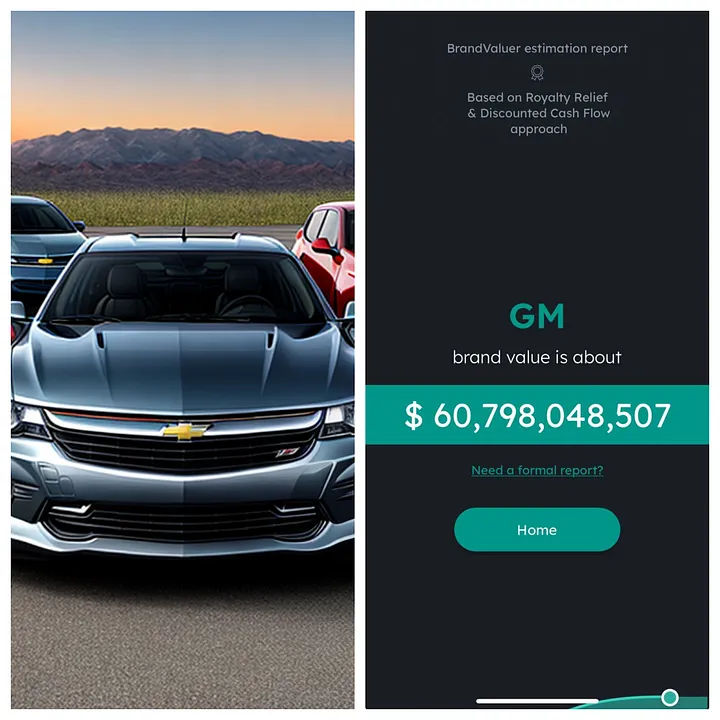
Old Spice: From Grandpa’s Cologne to Viral Sensation
Old Spice was seen as your dad’s—or granddad’s—aftershave brand. By the early 2000s, it was floundering in a sea of hipper, younger competition.
The Comeback: Then came “The Man Your Man Could Smell Like.” The 2010 ad campaign starring Isaiah Mustafa wasn’t just funny—it went viral, racking up millions of views and making Old Spice relevant for a new generation. By blending humor with high production value and savvy social media strategy, Old Spice became a case study in how to rebrand without alienating legacy customers. Last year Old Spice made $600 million in revenue. According to the BrandValuer app, Old Spice’s brand is worth an estimated $562 million.

Reinvention Is the Ultimate Survival Tool
Each of these brands faced existential crises, but rather than fold, they adapted. Whether through nostalgia, innovation, or sheer marketing genius, they found a way to stay in the game. The lesson? A strong brand may bend, but with the right strategy, it doesn't have to break.




